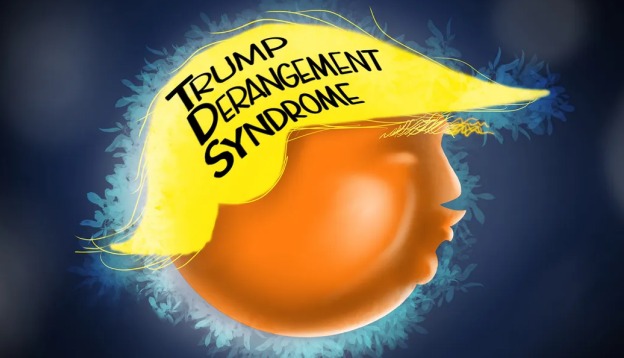By Kathleen Wilbur
I did not major in Public Health. I am local girl who went away to college, came back, and fell into a local job in the public health sector, but what I have learned here since May has been more education than any college major could have given me.
In May, I graduated from Assumption College in Worcester with a degree in English and, just two days after crossing the stage and moving that tassel from right to left, I found myself starting a job at the Seven Hills Behavioral Health Tobacco Free Community Partnership in New Bedford. Being of a generation that practically knew from birth the dangers of cigarettes, I grew up bombarded with messages, commercials and elementary school assemblies about the dangers of smoking and, thus, never tried it. So when I got the job, I figured I’d be working on the things I already knew about cigarettes, smoking and the tobacco industry.
Boy was I surprised at how much I had to learn.
The rate of smoking in Massachusetts is similar to the national average: 16%. In New Bedford, however, the rate clocks in much higher with 30% of the population being smokers. With a local rate so high, I realized that there is still work to be done in the city I grew up in and love so much. But to help these changes come to fruition, I needed to learn the ins and outs of smoking, addiction and the tobacco industry’s tactics in order to be of any help. Here are 5 particularly interesting things I’ve learned about smoking along the way:
1. Cigarettes are harder to quit than cocaine.
No, really. Nicotine is one of the most highly addictive drugs out there, and the Surgeon General’s study on it shows that “behavioral characteristics that determine tobacco addiction are similar to those that determine addiction to drugs such as heroin and cocaine.” Successful quitters almost unanimously agree–more often than not, it takes several tries to successfully quit smoking, whether you’re going cold turkey or using the patch. Tobacco is that addictive. The good news is, there’s always help out there. The nicotine patch, gum, lozenges and Chantix are covered for members of MassHealth and Commonwealth Care, and 1-800-QUIT-NOW is free to anyone, anytime. If you or someone you know is interested in quitting smoking, visit makesmokinghistory.org.
2. E-cigarettes are not all they’re cracked up to be…
Many of us have heard about the newest craze among smokers–electronic cigarettes. While many users are turning to e-cigarettes as a means of quitting smoking traditional cigarettes, the jury is still out on the dangers of these relatively new devices. Most e-cigarette companies market their products as “healthy” since most do not contain tobacco, however nicotine and its effects should not be easily dismissed. Nicotine consumption leads to heart attack, stroke and high blood pressure, and while it may not cause cancer the way tobacco does, it can still kill you. Also, not only are e-cigarettes not yet proven to help people quit smoking, the FDA is still unsure of what exactly is in an e-cigarette’s vapor…meaning those who happen to be near someone using an e-cigarette could be breathing in harmful vapor and not even know it.

3. You can die from smoking…even if you’ve never smoked a cigarette.
You read that right: since 1964, 2.5 million nonsmokers have died from diseases caused by exposure to secondhand smoke. The most recent Surgeon General’s Report tells us that there is no risk-free level of exposure to secondhand smoke, meaning no matter how little or how much you are breathing in someone else’s cigarette, you are being harmed.
4. The Tobacco Industry is targeting YOUR CHILDREN.
It’s no secret that Big Tobacco tries to get younger generations hooked onto their products, but with the boom in flavored tobacco products, children are being targeted now more than ever. Not only are other tobacco products like cigars and blunt wraps priced cheaply enough so adolescents can afford them, but they are often sold in enticing flavors such as cherry, strawberry banana, cotton candy and even Bazooka Bubblegum. To help keep kids safe, local Boards of Health can pass a regulation that bans the sale of flavored tobacco products in their communities.
5. The cigarettes you smoke today are more harmful than the ones your grandmother smoked.
In the 1940s and 50s–let’s face it–almost everyone smoked. Today, the smoking rate is far lower, but what current smokers might not be aware of is how much more dangerous today’s cigarettes are. Your average cigarette contains chemicals and toxic waste that you probably wouldn’t wish on your worst enemy. Rat poison, nail polish remover, lighter fluid and components of batteries are all found in tobacco smoke. At least 60 of these 4,000 chemicals are carcinogens, which means that they have been found to cause cancer in humans. So while cigarettes have never been good for any generation’s health, today’s cigarettes are especially harmful.
For more information on quitting smoking, visit makesmokinghistory.org or check out the Massachusetts Tobacco Free Community Partnerships at www.facebook.com/MTFCP.
 New Bedford Guide Your Guide to New Bedford and South Coast, MA
New Bedford Guide Your Guide to New Bedford and South Coast, MA








